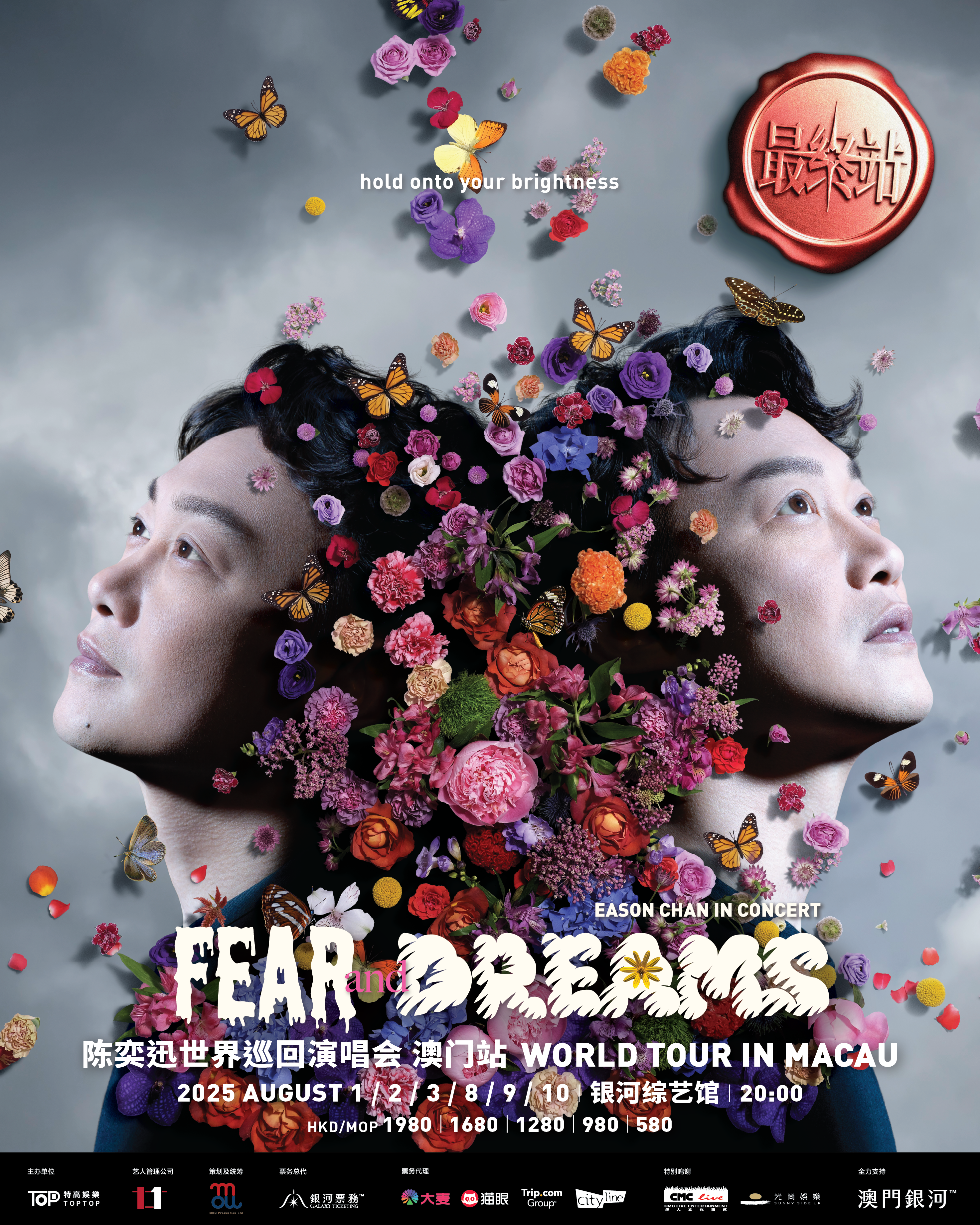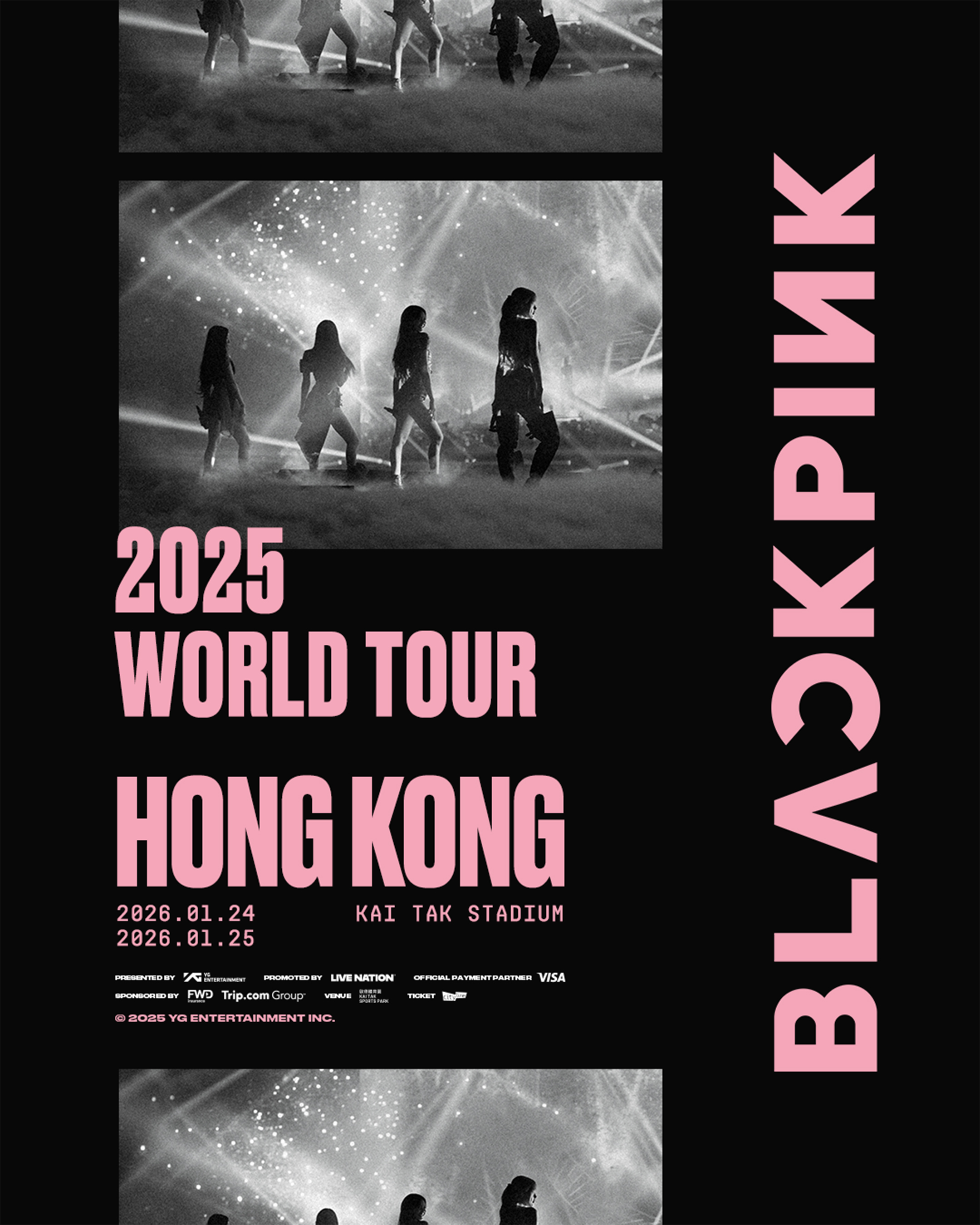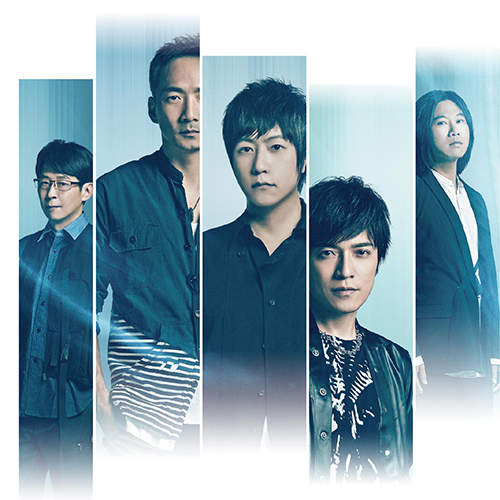Recent Searches
Popular Attractions
Melbourne
Sydney
Gold Coast
Phillip Island
Brisbane
Featured Events in Japan in March 2025 (August Updated)
Are you interested in Tropical Palm Tree Paint Night?
245 people have participated in this
poll
Yes
No




50%



50%
Type
Location
Event Status
Popularity
Start Time
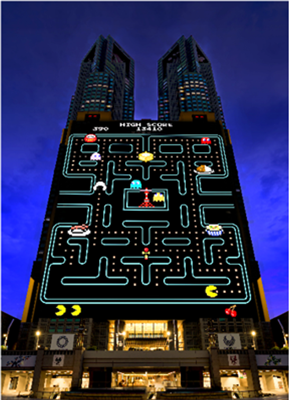
"Pac-Man" TOKYO Night & Light | TMG Building Citizens' Plaza
Tokyo Metropolitan Government has created a new tourist resource for nighttime viewing by using the exterior wall of the Tokyo Metropolitan Government Building No. 1 as a screen to express a variety of art with light and sound, and to perform projection mapping all year round in order to activate and revitalize nighttime tourism.
This time, as the 45th anniversary is approaching next year, the Tokyo Metropolitan Government will begin showing works using the world-famous "Pac-Man".
The game board appears on the outer wall of the Tokyo Metropolitan Government Building, and Pac-Man, who is making a futuristic scene, eats up everything vividly. The music of the game of Pac-Man, which has a futuristic feel, and the music of the highly friendly soundtrack maker Mr. Haraguchi Sasuke have produced. Please enjoy the collaborative work of Pac-Man and Tokyo that can only be seen in the Tokyo Metropolitan Government Building.
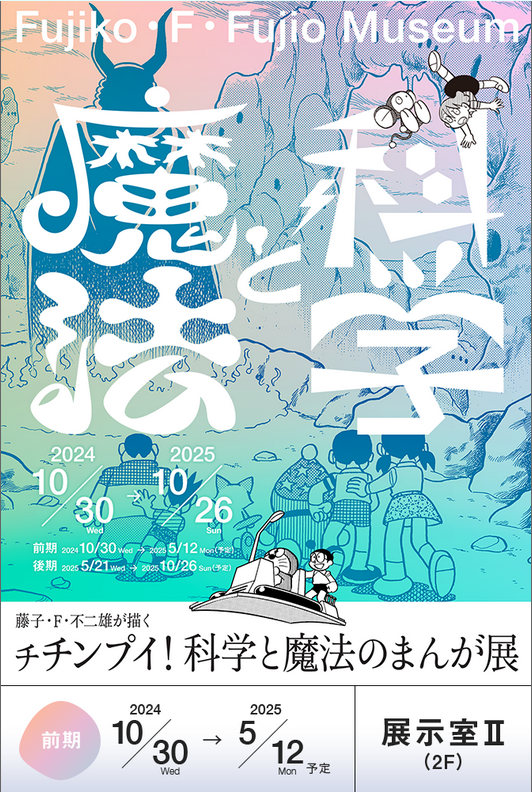
The Doraemon original art exhibition features drawings with themes of "science" and "magic." | Fujiko F. Fujio Museum
This original art exhibition will introduce works with "science" and "magic" motifs, and will explore Fujiko F. Fujio's unique way of making dreams come true. The secret gadgets of the future in "Doraemon," the science laws of Planet Marl that appear in "Chimpui," the magic used in "Jungle Kurobee," and more... Through the original drawings, you can enjoy the world of "science" and "magic" that only Fujiko F. Fujio could depict.

| Tokyo
Are you ready for a great party?
Join Kuromi, My Melody and Hapidanbui for an exciting exhibition!
Dive into interactive displays, dance to hit music, and enjoy hands-on fun.
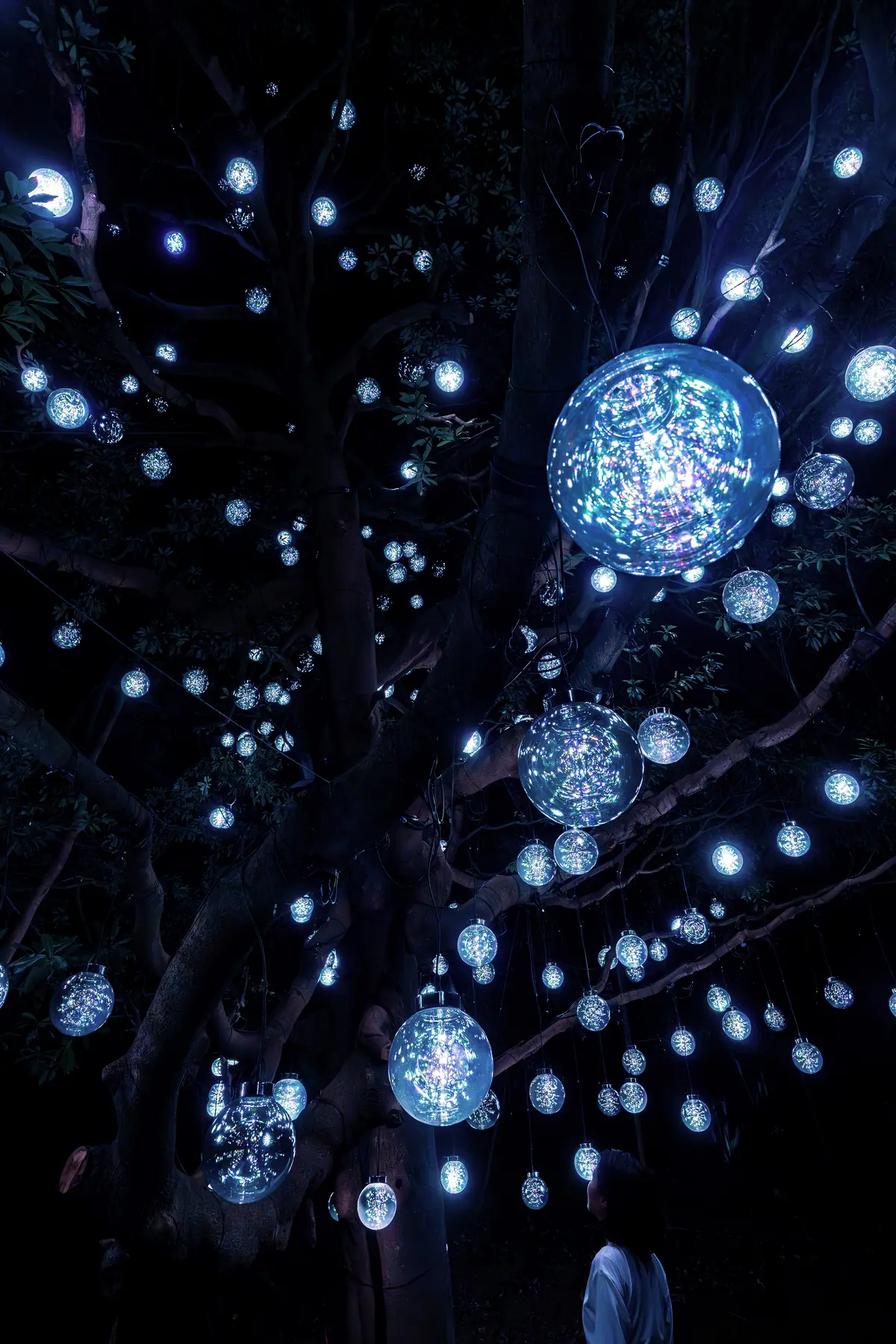
teamLab: Hidden Traces of Rice Terraces | Kitaibaraki
In Iwin, where Okakura Tenshin, a modern Japanese scholar and art critic, lived in his later years, there is an inaccessible mountain along the shore.
Coming out of the deep mountain forest, there is a valley.
There are the remains of rain-fed rice terraces, now a swamp covered with reeds.
They look like secret rice terraces.
Considering the long existence of nature and the continued presence of human activities, we decided to create art works with the remains of rice terraces hidden in the forest.
Then, walking through the forest covering the ruins of rice terraces and investigating the vegetation, we wanted to turn the entire forest covering the ruins of rice terraces into an art space that blends in with the surrounding plants.
teamLab's project Digitized Nature explores how nature can become art. The idea of the project is that immaterial digital technology can turn nature into art without harming it.
The works explore how the existence of these forms can be used to create a place where we can transcend the boundaries of our understanding of the continuity of time and feel the long continuity of life. Using these manifestations of long-term presence, we can try to transcend boundaries and understand the long continuities of time, and how we can continue to accumulate meaning in this place even today.
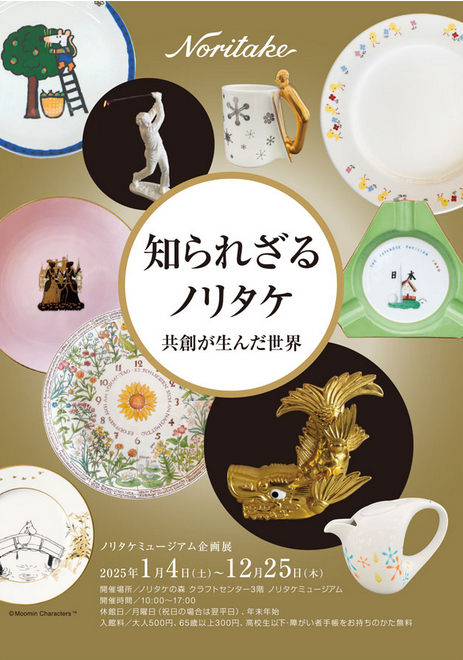
The Unknown Noritake: A World Born from Co-Creation | Nagoya
Noritake was founded in 1904 (Meiji 37) with the aim of manufacturing dinner sets for export. A dinner set is a set of tableware with a set size and purpose for the number of people. Since successfully manufacturing such sets in 1914 (Taisho 3), the company has developed and sold shapes and patterns to meet market needs.
At times, the company has sought added value beyond the tableware's original function and design in order to provide products that are in line with the times.
This trend accelerated after the period of high economic growth. When consumers had the financial means to spend on interior design, Noritake sold ceramic reproductions of works by painters, calligraphers, and illustrators. In the mid-1960s, when the penetration rate of black-and-white televisions exceeded 90%, the company also began to produce melamine children's tableware decorated with characters from anime and puppet shows.
The 1970s marked an era of fashion and diversification of everyday items. Noritake, which places emphasis on developing high-value-added products that add color to life, began manufacturing and selling tableware in 1977 in collaboration with a famous fashion designer. This was the beginning of the boom in designer and character products in the ceramics industry. This led to an increase in design collaborations and joint development with artists and other companies.
In recent years, with the growth of content businesses such as manga and anime, the needs and target demographics of character products have expanded. The expansion of sales networks with the spread of online services has increased consumers' options, and products are increasingly required to have value other than functionality and a story. Against this backdrop, collaborations that utilize the mutual advantages of companies are not uncommon.
During its long history, Noritake has cultivated the technology to commercialize high-quality models with rich colors and delicate patterns. Enjoy the world of co-creation created by sharing the desire to utilize this to deliver products that resonate with your heart.
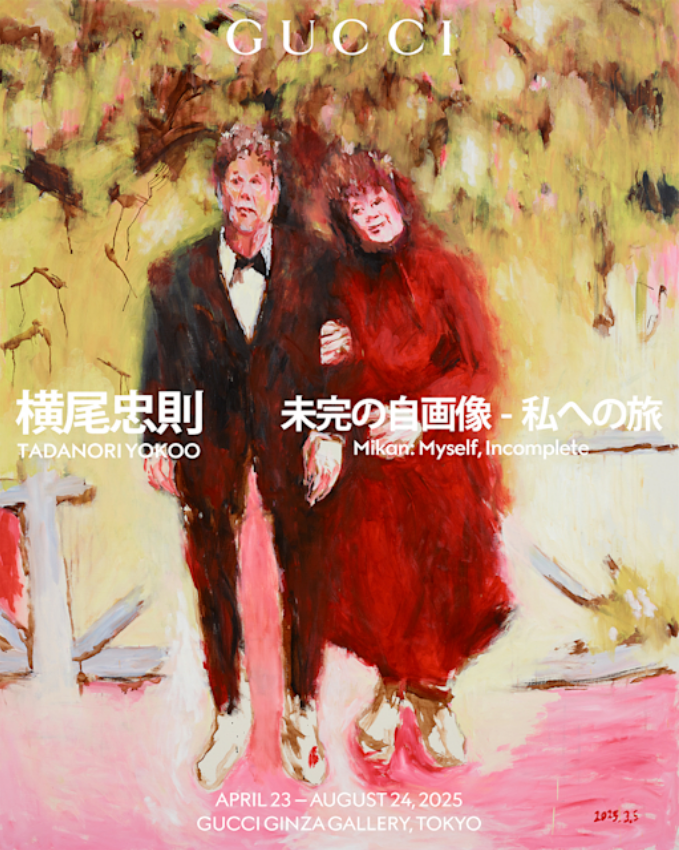
Kenji Yanobe Exhibition | Hanno
Space cats have landed in Saitama. From now until August 31, Hyper Museum Hanno presents 'Ship's Cat Island', a new exhibition from contemporary artist Kenji Yanobe. The exhibit consists of 80 of Yanobe's works, namely sculptures and drawings of cats decked out in space gear. For a family-friendly affair, check out the 'Hyper Kids Program', an experiential workshop for parents and kids to enjoy together.
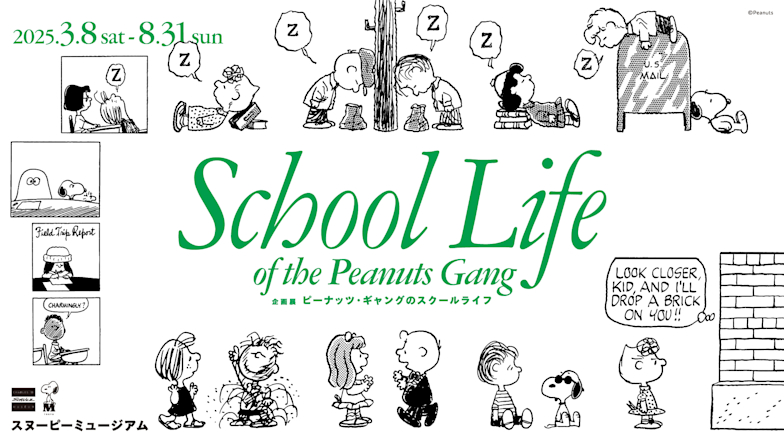
School Life of the Peanuts Gang | Snoopy Museum Tokyo
When Charlie Brown and his sister Sally get on the school bus with their friends and head off to school, various events await them. They meet unique friends and teachers. Classes are conducted day by day, and sometimes there are tense presentations, and as a reward, there are dance events. When they get home, they do their homework, and during summer vacation, they meet new people at summer camp. The school life of the Peanuts gang is a familiar, bittersweet experience. Enjoy school life with the Peanuts gang through about 45 carefully selected comics.
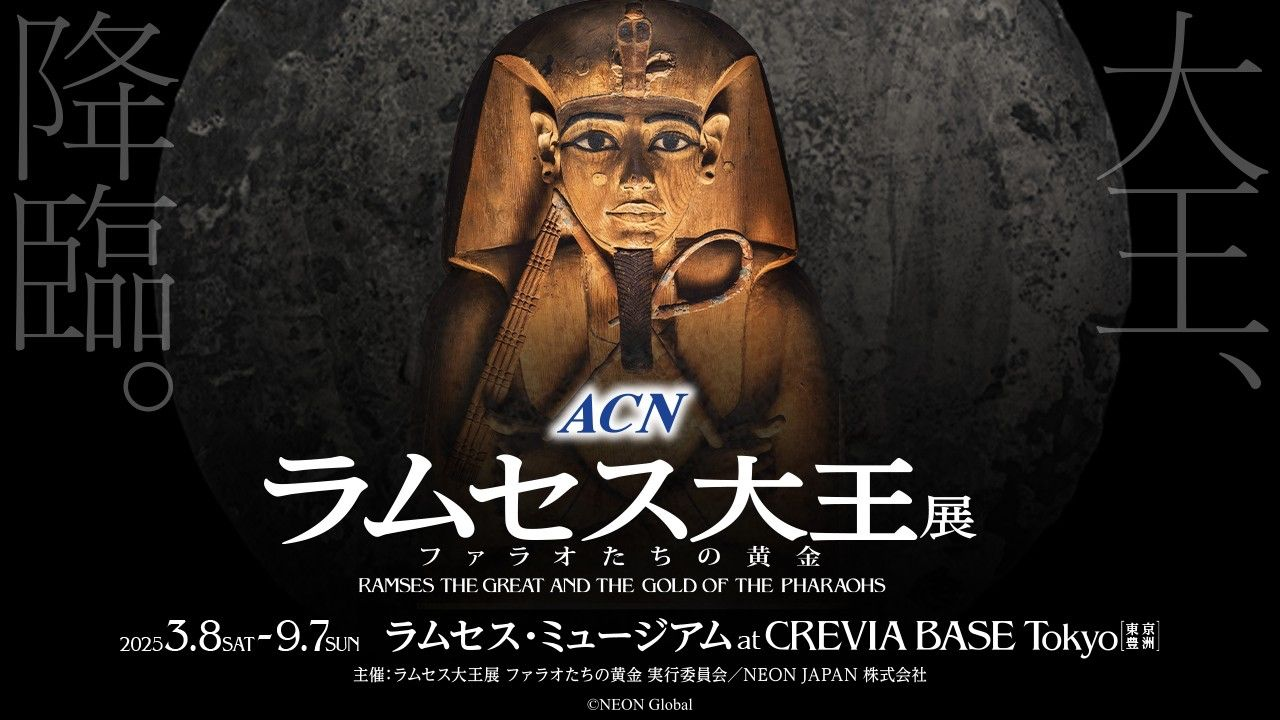
ACN Ramses the Great and the Gold of the Pharaohs | Tokyo
Ramses The Great and the Gold of the Pharaohs will feature 183 pieces of rare artefacts from ancient Egypt that focus on the almighty pharaoh, Ramses The Great and it will be the largest collection of artefacts on Ramses II to ever leave Egypt. This spectacular exhibition will also boast the FIRST ever virtual walkthrough of Ramses II’s famous temples as well as a full-length documentary ever produced on Ramses II’s tomb.

Destroyah Special Exhibition | Godzilla Museum
Nijigen no Mori's hugely popular attraction, Godzilla Intercept Operation, will hold a "Destroyah Special Exhibition" for a limited time from Thursday, March 13th to Sunday, December 14th, 2025, as part of the "30th Anniversary of Destroyah's Birth Project".
This special exhibition will allow you to enjoy the world of "Godzilla vs. Destroyah", the final installment of the Heisei vs. Godzilla series, which is celebrating its 30th anniversary since its release, through various exhibits. This is the first time that a special exhibition dedicated to "Destroyah" has been planned, and in particular, the exhibition of "Destroyah's flying objects and aggregates", which have rarely been shown in the past, and the comment panel exhibition from Hideo Okamoto, who designed Destroyah, and Shinichi Wakasa, who sculpted it, are must-see projects for fans. The "Destroyah Special Exhibition", surrounded by numerous battle scenes with Destroyah in which Godzilla used all his strength, is a special project only available at Nijigen no Mori! Godzilla fans around the world, come witness everything about Godzilla's greatest enemy, Destroyah, here!
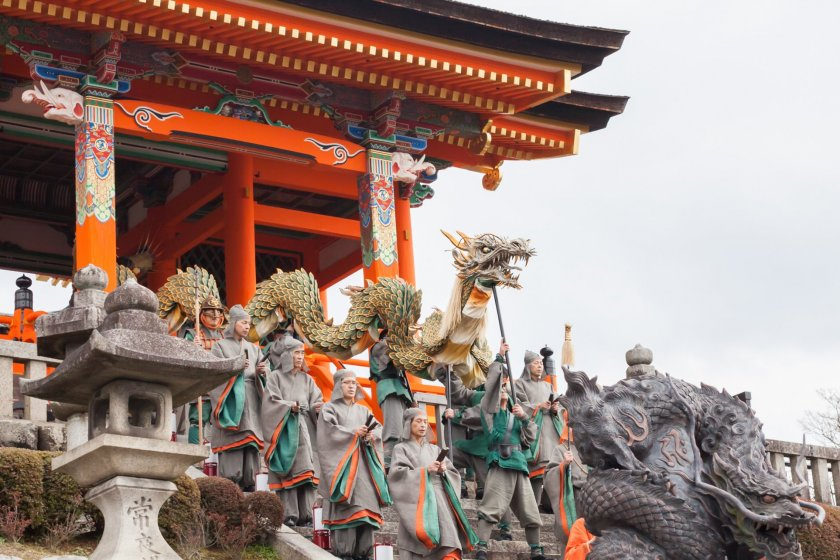
Seiryu-e Dragon Festival | Kyoto
Legend has it that the Kannon of Kiyomizu-dera Temple transforms into a blue dragon and drinks from the waterfalls at night, so this event is held to honor the Yasha Goddess, and to pray for the people who come to worship.
The dancing blue dragon parades from Okuno to the cobblestone streets around Kiyomizu-dera Temple. The blue dragon is believed to be one of the four great gods that protect the city of Kyoto. In addition to the blue dragon, there are men dressed in traditional samurai clothes, and the streets are filled with music and spectacular dancing. It's really magical!
The Spring Festival is on March 14-15 and April 3. The Fall Festival is September 14-15, starting at 14:00 (2pm).
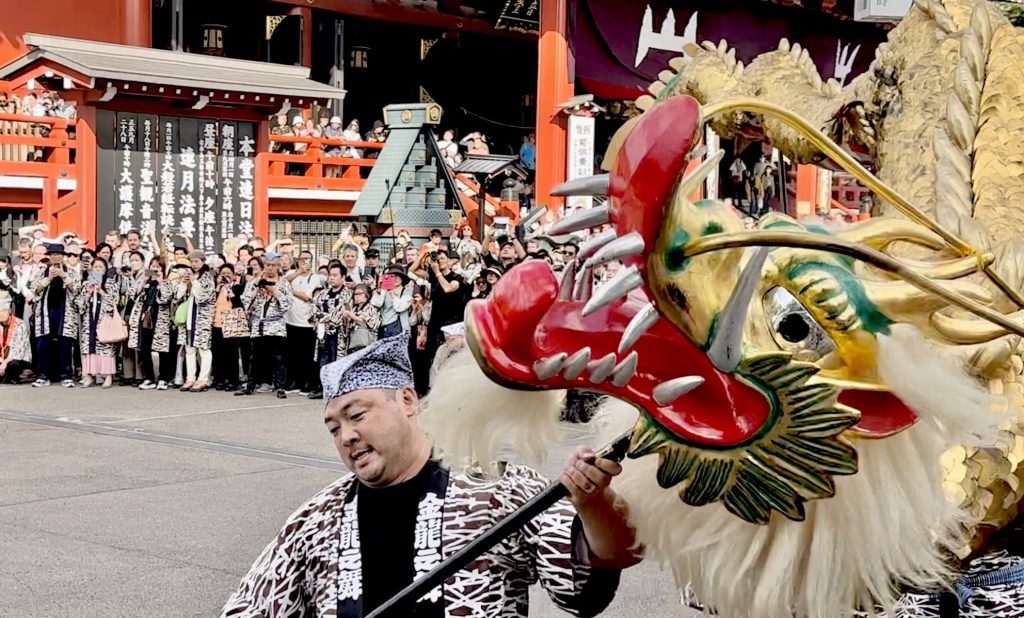
Asakusa Temple Golden Dragon Dance Festival | Tokyo
The official name of Sensoji Temple comes from the Golden Dragon Mountain, and it is called "Golden Dragon Mountain Sensoji Temple", and the name "Golden Dragon Dance" comes from the name of this mountain. "Golden Dragon Dance" is a dance that started in 1958 to commemorate the reconstruction of the main hall of Sensoji Temple, Kannon Hall. This dance is based on the story of Guanyin Bodhisattva enshrined in Sensoji Temple. According to legend, she appeared as a golden dragon that descended from the sky, and overnight she created a thousand pine trees that symbolize a good harvest.
The 18-meter-long, 88-kilogram shining golden dragon dances gorgeously to the music of the celebration, and this scene is absolutely impressive.
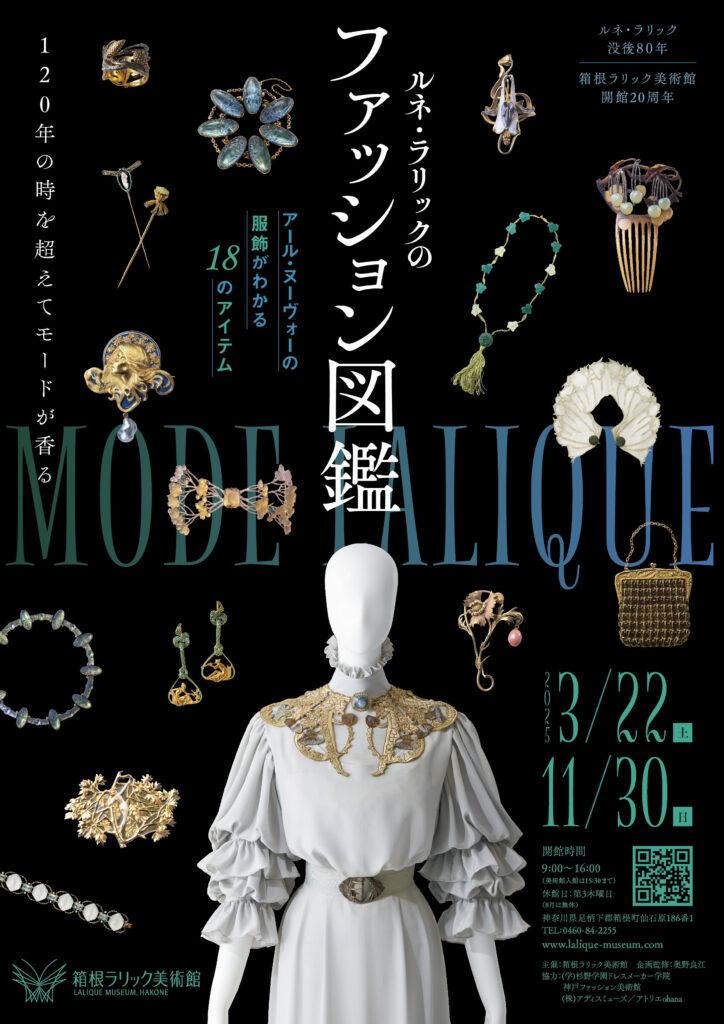
Fashion Illustrated Exhibition | Lalique Museum, Hakone
From the end of the 19th century to the beginning of the 20th century, René Lalique (1860-1945) was known outside of France as an original jewelry maker. However, his work was extremely broad, leaving behind a large variety of "clothing accessories" such as decorative collars and handbags.
At the 1900 Paris World's Fair, held ahead of the new century, Lalique served as general manager of the jewelry department. Later in life, he had an unexpected connection with Jeanne Paquin (1869-1936), a top designer who held that position in the fashion department. The women's fashion led by Paquin and others at the time was dresses with curved lines that harmonized with the popular decorative style "Art Nouveau." Many women worked hard to create a slim waist that was suitable for the flowing silhouette. It was in the 1920s, after World War I (1914-1918), that women were liberated from corsets that were so tight that they were damaging their health. At the same time, when the trend for decoration shifted to the linear "Art Deco" style, Lalique had already made a major shift to mass production of glass products, mainly for interior design. The custom-made clothing that he concentrated on in the early days of his debut is a perfect match for the Art Nouveau style of dress, which sought elegance with a slim waist.
The Lalique Museum Hakone, celebrating its 20th anniversary, is holding a special exhibition that will highlight Lalique's works from its collection from a fashion perspective and introduce the items in the form of an illustrated book.
In addition, to commemorate the 80th anniversary of Rene Lalique's death, a dress with a silhouette from the early 20th century, when he was active, has been recreated (photo right). As a highlight of the exhibition, we will be trying to wear Lalique's works for the first time, approaching the reality of Lalique in fashion. Please take a look at 18 carefully selected items from the museum that will help you understand Art Nouveau clothing, including anecdotes about the history of clothing, as if you were flipping through an illustrated book.
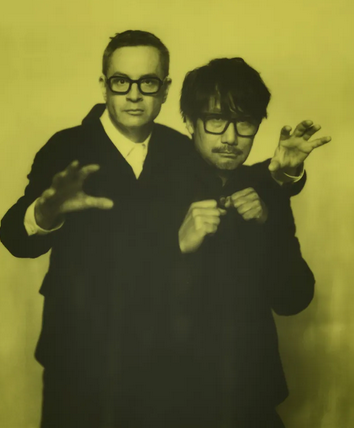
Satellites: Nicolas Winding Refn and Hideo Kojima | Tokyo
Japanese game auteur Hideo Kojima, the mind behind Death Stranding and the Metal Gear series, has revolutionised interactive storytelling with his cinematic sensibility. Danish director Nicolas Winding Refn, celebrated for Drive and Only God Forgives, is known for his stylised, meditative explorations of violence and human nature. Bound by mutual respect and a fascination with the convergence of their mediums, the two artists share a decade-long friendship that has sparked artistic collaborations across film and video games. The two visionary creators now reunite in Tokyo for an ambitious installation. From April 18 to August 25, Prada Aoyama hosts ‘Satellites: Nicolas Winding Refn with Hideo Kojima’, an exhibition that invites visitors into a retro-futuristic space where Refn and Kojima appear across six exposed television screens together shaped like a spaceship, engaging in dialogue on identity, death and creativity.The journey continues in an adjacent dressing room filled with cassette tapes, interweaving AI-translated soundbites and film soundtracks, allowing guests to craft their own narrative from fragments of conversation. Blurring the lines between analogue and digital, film and games, ‘Satellites’ explores human connection in an age of technological fusion.

Technology that makes travel more comfortable: Creating cars that are welcoming | Toyota Commemorative Museum of Industry and Technology
Ever since cars first appeared as a convenient and free means of transportation, engineers have been working on the theme of "how to make the journey more comfortable."
You can see a variety of technological items that make the inside of a car even more comfortable in our many interactive exhibits.

KING GNU LIVEHOUSE TOUR 2025 CLUB GNU EDITION | Zepp Haneda
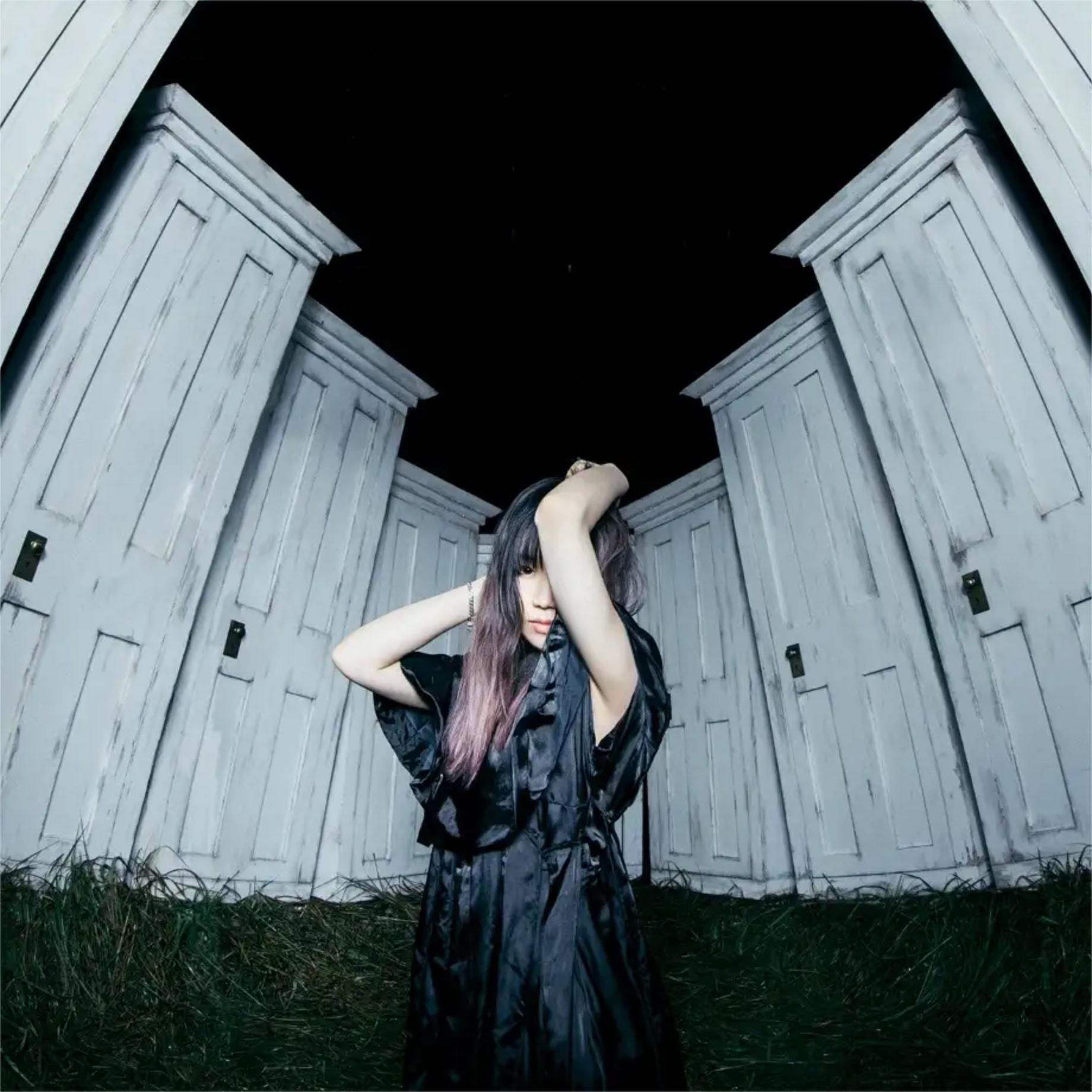
Aimer lune blanche tour 2025 | Tokyo Garden Theater
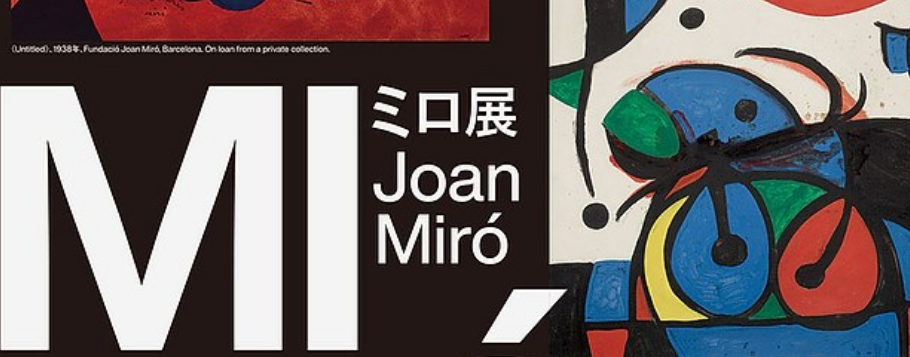
Joan Miró Exhibition | Tokyo Metropolitan Art Museum
Joan Miró (1893-1983) is one of the most important Spanish artists of the 20th century, as famous as Picasso and Dali. His creations experienced changes from Fauvism, Realism to Surrealism, and finally established his own unique style. His paintings are famous for their strong colors, imagination and poetry. This exhibition will present the artist's works collected by the Joan Miró Foundation. Through Miró's representative works from his early years to his later years, it will review his creative career of more than 60 years and show the development of his artistic language and creative process. .

THE TOUR OF MISIA 2025 LOVE NEVER DIES | Ariake Arena

TADAO ANDO YOUTH | Grand Green Osaka
Born in Osaka and self-taught in architecture, Tadao Ando began his architectural design career in 1969. Since then, he has produced a succession of innovative architectural works that break through preconceived notions. Since the 1990s, he has expanded his scope of activity to the world, while also working hard on social contribution projects such as environmental restoration and earthquake recovery. His vigorous work across many fields, going beyond the framework of an architect, has earned him high praise both at home and abroad.
This exhibition, which will be held in Osaka, where Ando remains based, will bring together the history of his grand challenges as well as his vision for the present and future, providing a comprehensive view of the work of Tadao Ando.
Please come and experience that energy for yourself. The venue is "VS." at Gran Green Osaka, the forefront of the Osaka urban renewal project, where Ando has also worked hard for many years.

Illumination Fest in Yokohama | Yokohama
In Yokohama during the winter, Yokohama's major tourist attractions and shopping streets hold many illumination events, including "Yornoyo 2024," to beautify Yokohama's night.
From the opening of Yokohama Mirai Light in Minato Mirai to the Yokohama Spring Festival, to the Yokohama Spring Festival, you can fully enjoy the charm of each city. Visit various places and experience new discoveries in Yokohama during the winter.
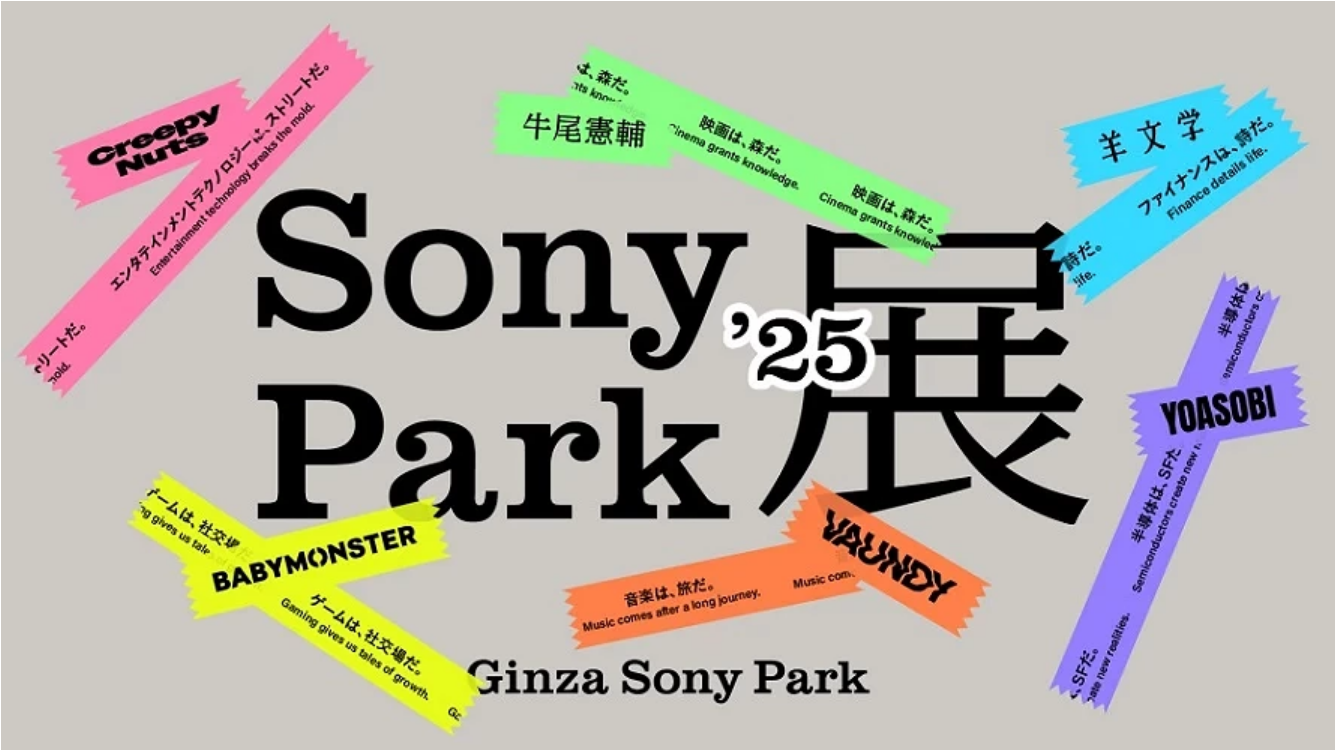
Sony Park Exhibition 2025 | Ginza Sony Park
The newly launched "Ginza Sony Park" has officially opened on January 26, 2025 (Sunday), and the first wave of planning activities "Sony Park Exhibition 2025" will be held simultaneously. With the theme of Sony's six major fields of music, semiconductors, finance, games, entertainment technology and movies, six groups of artists including YOASOBI, Sheep Literature, Vaundy, BABYMONSTER, Creepy Nuts, and Kensuke Ushio will be invited to participate in the creation, using art and high technology to create amazing experiences. Exhibiting works, the event will be divided into two stages, with three groups of works on display in each stage.

30th Anniversary of the Opening of the Museum Ryudai Takano Kasbaba | Tokyo Photographic Art Museum
Ryudai Takano (1963-) is a photographer and artist who won the 31st Kimura Ihei Photography Award for his photo book "IN MY ROOM" (2005) and continues to work both in Japan and abroad. In addition to his works on the theme of sexuality, such as "IN MY ROOM," Takano also takes snapshots of everyday life, such as "Daily Photos" and "Kasubaba." Since the Great East Japan Earthquake, he has also been working on the theme of exploring the origins of photography, using "shadows" as a subject. The title of this exhibition, "Kasubaba," is a word coined by Takano and is the plural of the word for a place like kas (ba). We live in the midst of rapid change in the times, with large-scale natural disasters, global epidemics of infectious diseases, environmental destruction and urban development due to economic development. Takano accepts reality, which is not just beautiful, and presents the viewer with raw images of weak and ugly things as they are. Through Takano's works, we will be able to see anew the richness and chaos of the everyday life we live in, something that is familiar to us but that we do not look closely at. We hope that this exhibition, which surveys Takano's career, including works shown for the first time, will provide some hints for surviving this everyday life, from which it is becoming increasingly difficult to see an exit.

Ghibli Park and Ghibli Exhibition | Okayama City Museum
Ghibli Park, a park facility that expresses the world of Studio Ghibli works, has opened in Aichi Prefecture's Expo Memorial Park.
Director Goro Miyazaki, who oversees the production site, has worked on Satsuki and Mei's House and the Ghibli Museum in Mitaka,
and has produced animation works such as Earthsea, From Up on Poppy Hill, and Earwig and the Witch.
Ghibli Park is a place where you can wander and discover the world of animation at your own pace.
An exhibition that takes you behind the scenes of the creation of Ghibli Park will be touring the country.
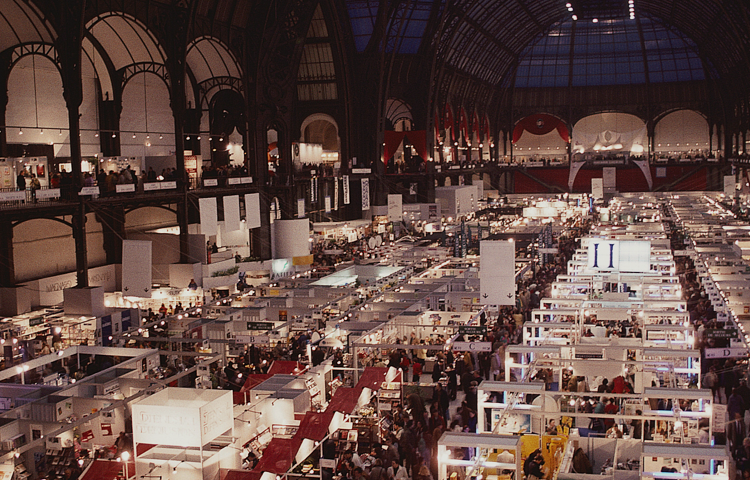
Japan Int'l Franchise Show 2025 | Tokyo Big Sight, Tokyo, Japan
The Japan Int'l Franchise Show 2025, set to take place from March 5th to March 7th at the renowned Tokyo Big Sight in Koto, Tokyo, promises to be a pivotal event for industry professionals. This premier exhibition will gather franchise leaders, innovators, and entrepreneurs from around the globe, offering a unique platform for networking, knowledge exchange, and business growth. Attendees can expect to explore a diverse array of franchise opportunities, gain insights from expert-led seminars, and discover the latest trends and technologies shaping the franchise landscape. With its strategic location in Tokyo, a hub of commerce and innovation, the Japan Int'l Franchise Show 2025 is poised to be an unmissable event for those looking to expand their franchise ventures in the dynamic Japanese market.
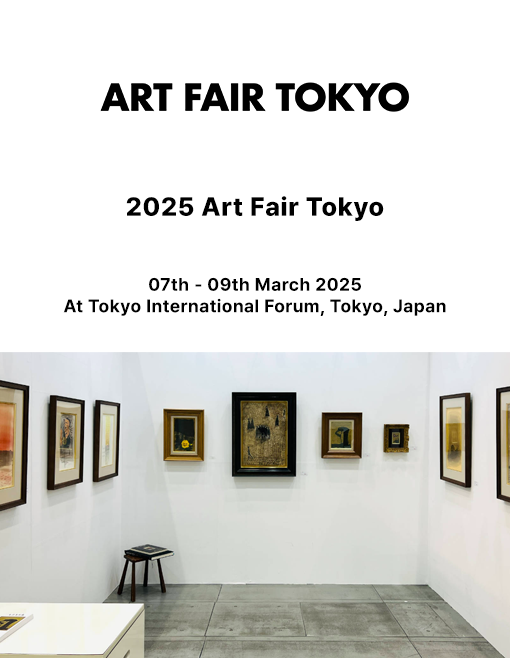
Art Fair Tokyo | Tokyo International Forum
As the largest art fair in Japan and the oldest in Asia, ART FAIR TOKYO continues to bring together leading art galleries from across Japan and the rest of the world since its founding in 2005. The fair is a leading force in the Japanese art market, which targets established and new generations of global and local dealers and collectors to take note of the wide range of art.
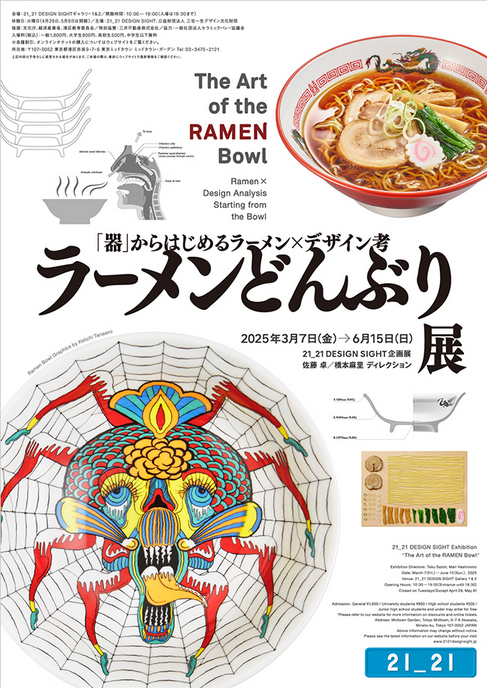
Special Exhibition "Ramen Bowl Exhibition" | 21_21 DESIGN SIGHT
This exhibition was initiated by the Mino Ramen Bowl Exhibition, one of the Mino ware projects Sato and Hashimoto have been working on since 2012. Mino ware is a general term for ceramics made in the western Tono region of Gifu Prefecture (Tajimi City, Toki City, Mizunami City), among other areas. In fact, 90% of ramen bowls in Japan are Mino ware. By looking at ramen bowls from various perspectives, Sato and Hashimoto have conveyed the history and background of Mino ware, which has a history of more than 1,300 years, the activities of its makers, and the richness that everyday tableware brings to our lives.
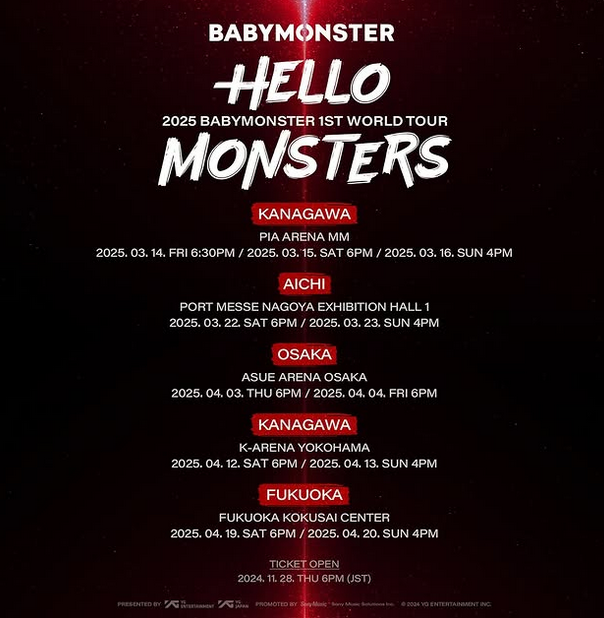
2025 BABYMONSTER 1st WORLD TOUR 〈HELLO MONSTERS〉 IN Japan | Pia Arena MM
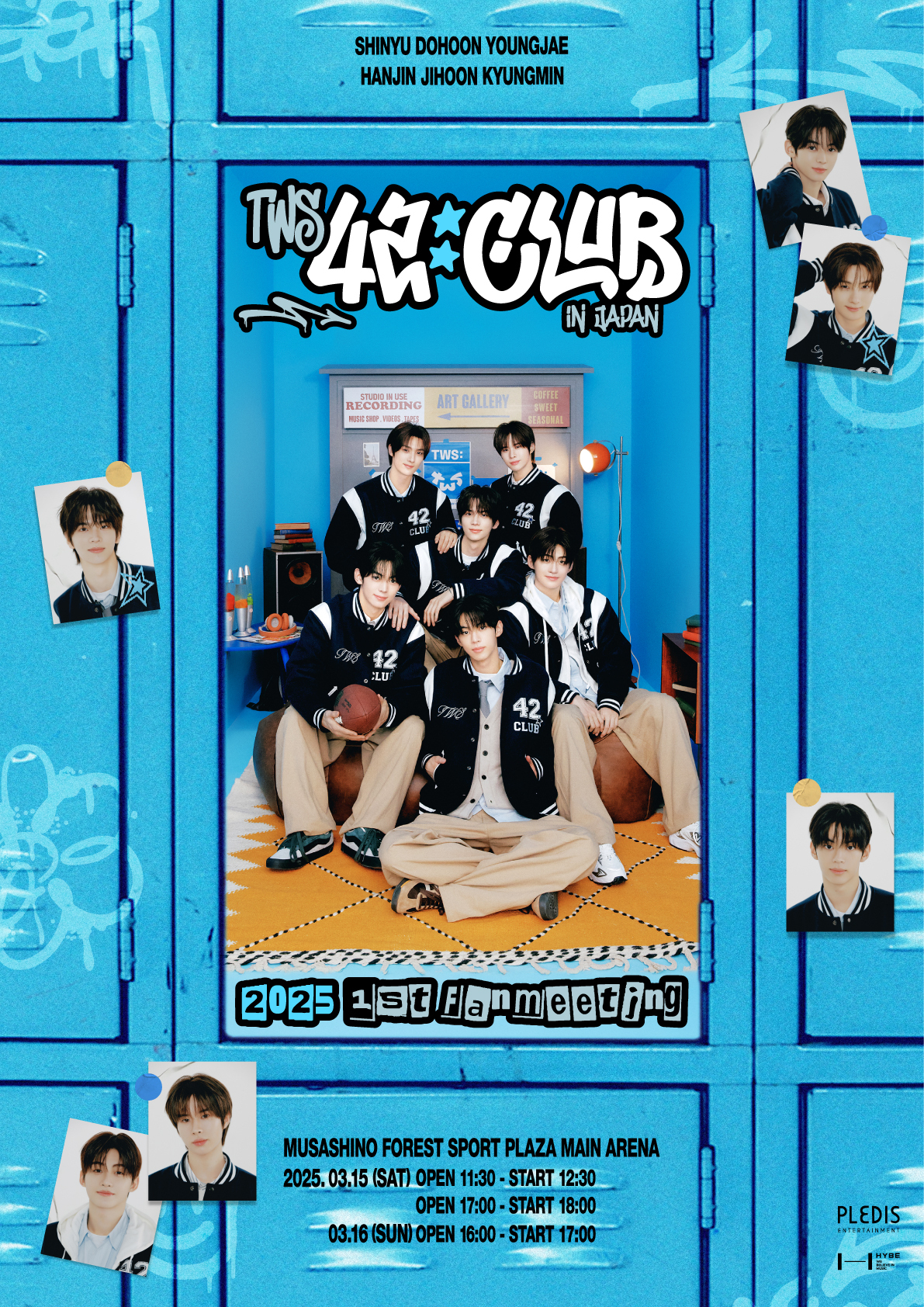
2025 TWS 1ST FANMEETING <42:CLUB> IN JAPAN | 武蔵野の森総合スポーツプラザ メインアリーナ
【Trip.com Ticket Pick-up Information】
March 15, 2025 (Saturday)
Audience entry at 11:30 / Performance starts at 12:30 (local time)
March 15, 2025 (Saturday)
Audience entry at 17:00 / Performance starts at 18:00 (local time)
March 16, 2025 (Sunday)
Audience entry at 16:00 / Performance starts at 17:00 (local time)
Ticket pick-up times:
March 15, 2025 (Saturday) - 11:30-13:30 (local time)
March 15, 2025 (Saturday) - 17:00-19:00 (local time)
March 16, 2025 (Sunday) - 16:00-18:00 (local time)
Ticket pick-up location: The lobby to the left of the entrance at the main venue.
TWS is an abbreviation for "TWENTY FOUR SEVEN WITH US," which means 24/7, 24 hours a day, all week, or "every moment," and means "always with TWS."
UniqueMusic genreThe band's motto is "Boyhood Pop," and their fantastical, sensual sound expresses their desire to become important friends who make their fans' ordinary daily lives special.
TWS' first fan meeting will be held in Tokyo, Japan on March 15th and 16th!
Please look forward to the unstoppable momentum of TWS!

2025 TWS 1ST FANMEETING <42:CLUB> IN JAPAN | 武蔵野の森総合スポーツプラザ メインアリーナ
【Trip.com Ticket Pick-up Information】
March 15, 2025 (Saturday)
Audience entry at 11:30 / Performance starts at 12:30 (local time)
March 15, 2025 (Saturday)
Audience entry at 17:00 / Performance starts at 18:00 (local time)
March 16, 2025 (Sunday)
Audience entry at 16:00 / Performance starts at 17:00 (local time)
Ticket pick-up times:
March 15, 2025 (Saturday) - 11:30-13:30 (local time)
March 15, 2025 (Saturday) - 17:00-19:00 (local time)
March 16, 2025 (Sunday) - 16:00-18:00 (local time)
Ticket pick-up location: The lobby to the left of the entrance at the main venue.
TWS is an abbreviation for "TWENTY FOUR SEVEN WITH US," which means 24/7, 24 hours a day, all week, or "every moment," and means "always with TWS."
UniqueMusic genreThe band's motto is "Boyhood Pop," and their fantastical, sensual sound expresses their desire to become important friends who make their fans' ordinary daily lives special.
TWS' first fan meeting will be held in Tokyo, Japan on March 15th and 16th!
Please look forward to the unstoppable momentum of TWS!

MX Festival Okinawa Actors School Complete Resurrection Festival in Nippon Budokan | Nippon Budokan
...


